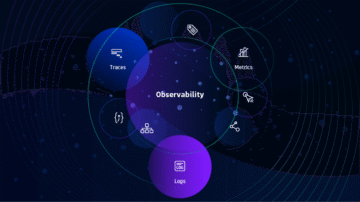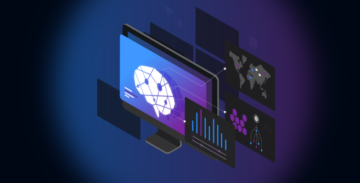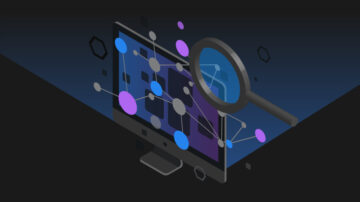
What is open observability?
Open observability is the idea of capturing telemetry signals from many different technologies leveraging open standards, open source tools, and application programming interfaces. It provides complete visibility across an organization and helps companies to optimize application performance and reliability. It reduces organizational silos by promoting collaboration between different teams. By making observability data transparent to all organizational stakeholders, including developers, operations teams, and business analysts, it improves communication and alignment toward common goals.
Observability in general is an approach to monitoring a system's internal state and behavior in real time by collecting and analyzing its outputs. Analyzing data from logs, metrics, traces, and other telemetry events allows teams to gain deep insights into the system's performance, reliability, and efficiency. This approach provides actionable insights, promotes faster and more reliable responses to issues, and empowers teams to deliver high-quality software and services to end users.
The benefits of open observability
Open source tools such as OpenTelemetry consist of specific technologies and tools that DevOps uses to capture telemetry data that enables observability. Open observability is a much broader concept that involves integrating OpenTelemetry and other tools and practices to provide end-to-end observability across all technologies.
Modern observability supports IT, site reliability engineering, and DevOps practices such as proactive monitoring, understanding user behavior, capacity planning, resource optimization, root-cause analysis, debugging and development, and security and compliance. Open observability goes a step further, providing the following additional benefits:
- No vendor lock-in. Unlike proprietary solutions, open observability reaps the benefits of organizations collaborating together on open source tools, documentation, and more, rather than being contracted to a single provider.
- Cost-efficiency. The open source nature of open observability enables organizations to reduce licensing costs.
- Increased agility. By incorporating open source tools, open observability increases flexibility and offers more tool set options.



